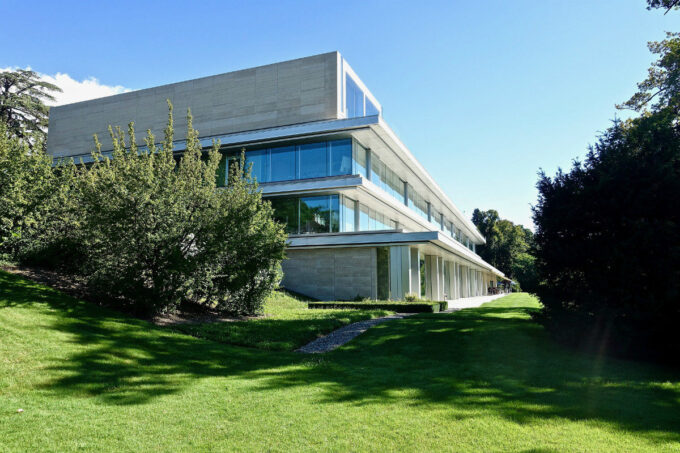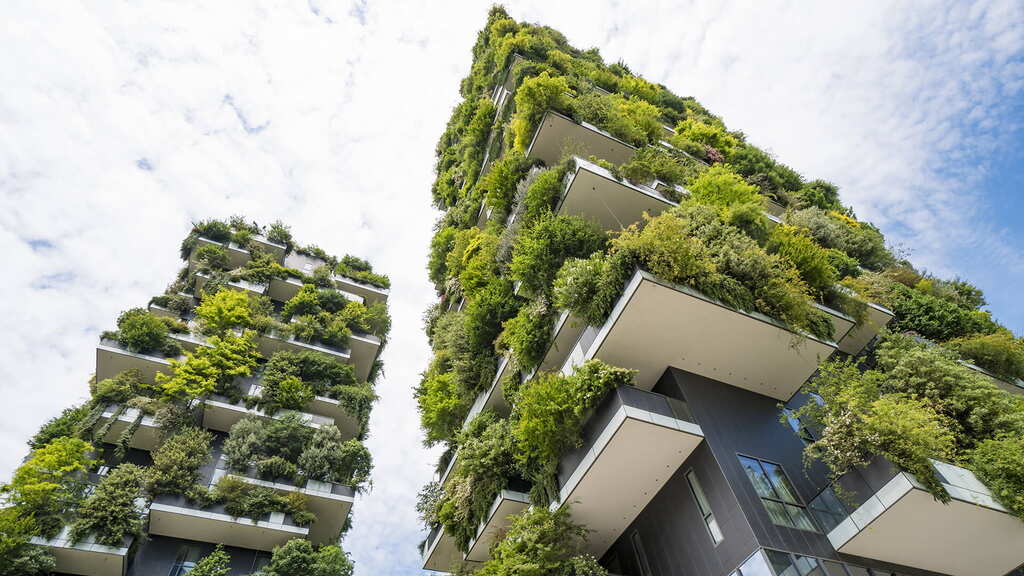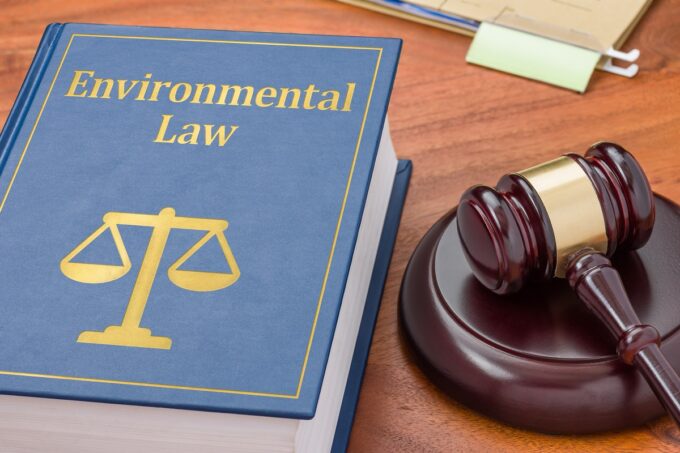Sustainability is no longer a buzzword only for big brands and luxury domains. It is a norm for all businesses, regardless of their size, scale, and domain. Companies want to embrace it to keep pace with the trend and do their bit for the environment. At the same time, going sustainable can enhance their reputation and make like-minded customers stick around for the long haul. Simply speaking, sustainability makes a worthy investment for a business.
The real estate segment is embracing it with the green building concept. More and more buyers want to invest in sustainable buildings, so developers have valid reasons to use eco-friendly materials and techniques for projects. But some myths may make you apprehensive about adopting the green mindset as a real estate developer. Let us pick the prevalent ones and explain why you should not believe them.
Myth #1- Sustainability can cost a fortune
It is vital to get your facts right if you believe that sustainability can burn a hole in your wallet. The truth is that sustainability is affordable and achievable, and even small businesses can be eco-conscious without breaking the bank. A green building will not cost you more than a traditional one because it has a short payback period. You have a good chance to sell faster and get better deals because these properties are in-demand. So you may end up making higher profits with green projects. Overall, the life-cycle costs of these buildings are far lower for the occupants. Sustainable designs, materials, and practices can save everyone money as they lower labor costs, energy bills, and medical expenses for builders and occupants. Better indoor air quality boots productivity, while green materials last longer.
Myth #2- Sustainable materials are not easily accessible
Contrary to the myth, sustainable materials are easily accessible and available in abundance. You only need to pick the apt ones to fit them into your budget and get them easily. For example, agriculture-based products and recycled materials are easy to procure. The markets for these materials are growing amid the high demand, and the future looks bright. Moreover, they even reduce construction costs considerably, making them ideal for developers looking to build quality projects on a budget. The only reason developers believe this myth is a lack of awareness. Educating oneself is the key to finding and buying sustainable options for projects. You can look at the right places and collaborate with green suppliers for the long run. You even have a chance to make massive savings on transport by sourcing locally.
Myth #3- Environmental regulations are daunting
Land developers have to follow some regulations, whether they follow the traditional building practices or choose to go green. Luckily, the green regulations need not be as daunting as they sound. You can check transect.com to understand what Environmental Due Diligence is all about. Essentially it is about evaluating the environmental conditions and risks of a property before working on it. Completing it at the initial stage can prevent compliance issues down the line and safeguard your projects from delays and hassles. You can collaborate with experts to help you with the due diligence and permitting formalities. There is hardly a chance of missing out on the legal aspects of construction.
Myth #4- Green buildings are not aesthetic
Another myth about green architecture is that these buildings lack an aesthetic perspective. The focus is mainly on building practices, methodologies, and principles, so it is easy to think that they overlook visual appeal. Moreover, it is easy to believe that natural and eco-friendly material is likely to be less beautiful. Likewise, you may consider that the design scope for sustainable buildings is minimal. But developers can style projects aesthetically by embracing creative design elements. In fact, they can blend design and sustainability to create absolute masterpieces for clients and buyers. Natural materials are trending, and creative use can elevate their appeal significantly. Everything boils down to ensuring that you make the best use of creativity with design elements and materials.
Myth #5- Sustainable renovation is challenging
Green construction sounds like a lot of work, and sustainable construction seems even more challenging. But it is only a myth because renovation is far better than starting from scratch. Developers can look for existing projects and rework them to build green and sell at a premium. You may even consider demolishing the old and rebuilding a new structure on a piece of land. While you get the freedom to redesign and use new materials, you can save a lot of time, money, and stress by bypassing permitting requirements. The land will already have environmental permits, so you can start building right away. Moreover, you may upscale or recycle some elements and building materials to cut the carbon footprint of the project.
Myth #6- Eco-conscious construction is only a trend

The real estate industry is dynamic, and trends evolve sooner than you imagine. The green trend emerged to address the increasing environmental concerns such as resource and waste management crisis. Although these practices began as a need, they are a necessity now. So land developers must understand that eco-conscious construction is more than a trend. It is a responsibility every business must fulfill to give back to the environment. The best part is that they get commercial benefits while doing their bit for the world. These buildings are in high demand, so they sell fast and fetch a profitable price tag. The mindset itself can enhance the reputation of the project owner. The green trend is here to stay, and picking it should be a priority for every land developer.
With these myths debunked, it is easy to see the significance of sustainable land development today and in the future. You should steer clear of these misconceptions and go green sooner than later. Sustainable land developers will be in a far better place in the future as these projects are more saleable and boost the credibility of the business. Embracing sustainability should be on top of your wishlist, whether you operate in the residential or commercial segment.










